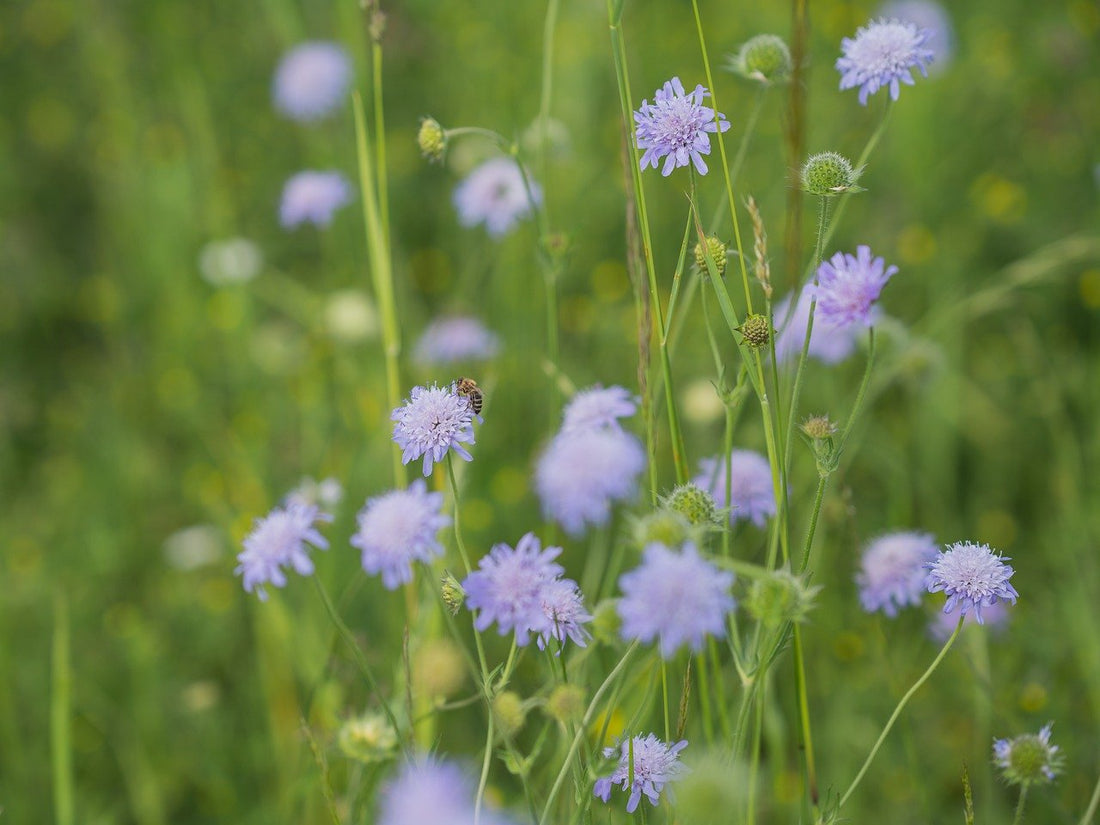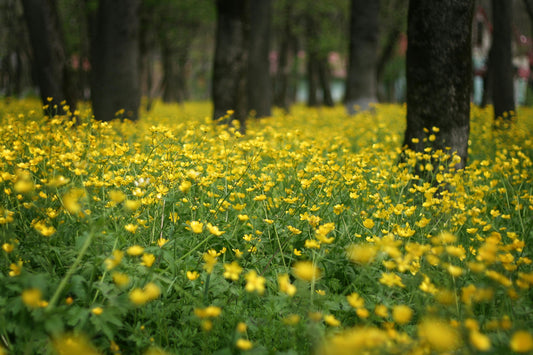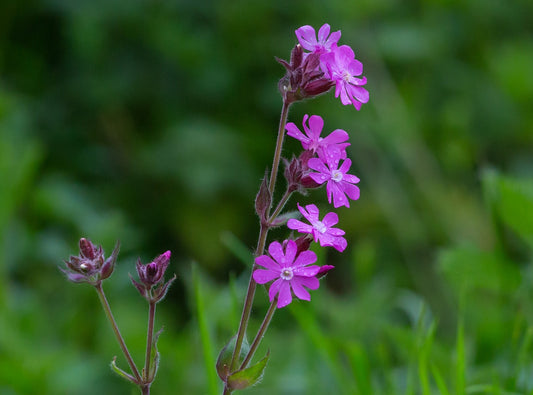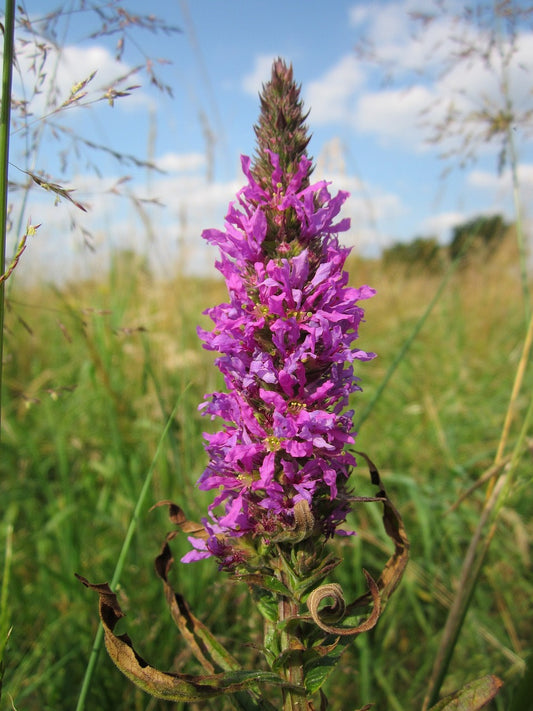
How to Plant and Care for Field Scabious: A Complete Gardening Guide
Planting Field Scabious: Your Complete Guide to Growing This Beautiful Wildflower
Field Scabious (Knautia arvensis) is a stunning wildflower that brings a splash of colour and texture to any garden. Known for its attractive, pincushion-like blooms and long flowering period, Field Scabious is a favourite among gardeners and pollinators alike. This guide will help you understand how to plant, care for, and enjoy Field Scabious in your garden.
What is Field Scabious?
Field Scabious is a perennial wildflower native to Europe. It features distinctive spherical flower heads in shades of blue, purple, or pink, and blooms from summer to autumn. Field Scabious thrives in various garden settings, including meadows, borders, and naturalised areas.
Benefits of Growing Field Scabious
Growing Field Scabious offers numerous advantages:
• Pollinator-Friendly: Its blooms attract bees, butterflies, and other beneficial insects.
• Long-Lasting: It provides colour from summer through to autumn.
• Low Maintenance: Requires minimal care once established.
Ideal Planting Time for Field Scabious
The best time to sow Field Scabious seeds is in early spring or late autumn. Sowing in these seasons allows the seeds to undergo natural stratification, which improves germination rates and plant robustness.
Choosing the Right Location for Field Scabious
Field Scabious thrives in sunny to partially shaded areas. It prefers well-drained soil but is adaptable to various soil types, including poorer soils.
Preparing the Soil for Field Scabious
1. Soil Preparation: Clear the area of weeds and debris. Loosen the soil to a depth of 15 cm (6 inches) and mix in some organic matter if the soil is particularly poor.
2. Soil Drainage: Ensure the soil has good drainage. Field Scabious does not thrive in waterlogged conditions.
How to Sow Field Scabious Seeds
1. Sowing Seeds: Scatter Field Scabious seeds evenly over the soil. Lightly press them in or cover with a thin layer of compost, as the seeds require light to germinate.
2. Watering: Keep the soil moist until the seeds germinate. Once established, Field Scabious is relatively drought-tolerant.
Caring for Field Scabious
After establishment, Field Scabious requires minimal care. Regularly remove weeds and consider cutting back spent flowers to encourage new blooms. Water during prolonged dry periods if necessary.
Common Pests and Diseases
Field Scabious is generally resistant to pests and diseases. However, keep an eye out for aphids or powdery mildew, which can occasionally affect the plant. Ensure good air circulation to reduce disease risks.
Harvesting Field Scabious
Harvest Field Scabious flowers when they are fully open for use in floral arrangements or to collect seeds. Cut stems early in the morning for the best quality blooms.
Using Field Scabious in Your Garden
Field Scabious makes a beautiful addition to wildflower meadows, garden borders, and naturalised areas. Its long flowering period and appeal to pollinators enhance any garden setting.
Companion Plants for Field Scabious
Pair Field Scabious with other wildflowers such as cornflower, poppy, and red campion for a vibrant and diverse garden display. These companions complement Field Scabious and attract a variety of pollinators.
Conclusion
Planting Field Scabious is a rewarding way to add beauty and ecological value to your garden. With its charming blooms and easy care, Field Scabious is an excellent choice for any garden enthusiast. Follow these tips to ensure your Field Scabious flourishes and enhances your outdoor space.




